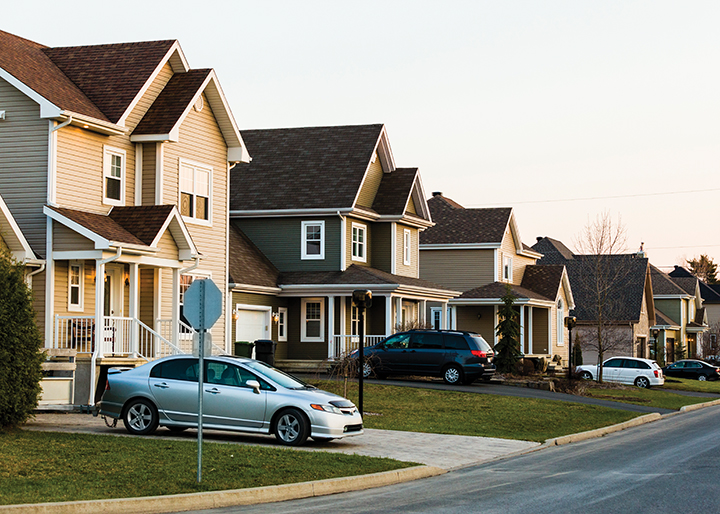Why House Prices Beat the Pandemic Odds
…And Why So Many Housing Economists Got It Wrong by Brian Fluhr One year ago, at the onset of the Coronavirus pandemic, housing economists were making dire predictions for the market. The demise of housing did not play out the way many anticipated for several reasons but foremost because strong economic housing fundamentals were already in place pre-pandemic. These fundamentals included the durable credit of borrowers, balanced debt-to-income ratios, and
Read More












